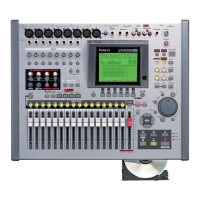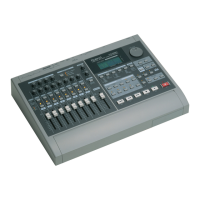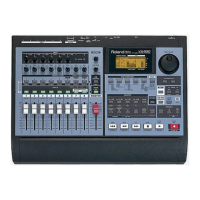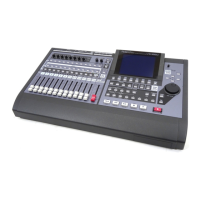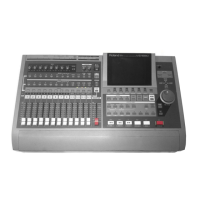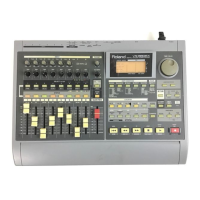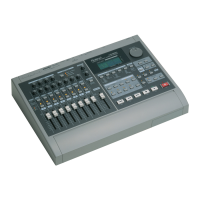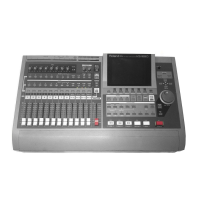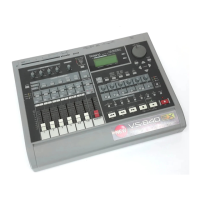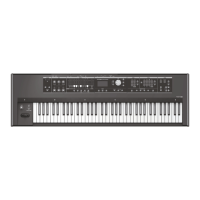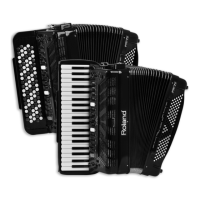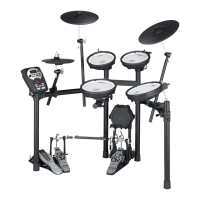3—Introduction to the VS-2400CD
56 www.RolandUS.com Roland VS-2400CD Owner’s Manual
Signal Flow
Here’s an illustration that shows how signals typically flow in the VS-2400CD. You can
see how the inputs, input channels, hard disk recorder, track channels and outputs
work together:
Projects
Everything you do in the VS-2400CD takes place inside something called a “project.” As
its name suggests, a project is a hard disk file that contains all of the information for a
particular work or performance you’re creating. That work could be a song, a
soundtrack, a broadcast, a jingle or anything else. It could even be the music for an
entire CD, containing multiple songs, or a set of songs recorded live.
Projects provide an easy way to keep all the materials for a particular piece in one
place, ready to go when you need them, including:
• everything you’ve recorded.
• your most recent mixer settings, as well as any alternate mixer setups you’ve saved.
• your effect settings.
• all locations you’ve saved for use in navigation, punching and looping.
• all Automix data.
• playback speed settings.
• all information relating to tempo and synchronization.
• all project-related UTILITY menu settings.
The VS-2400CD
always
has a project loaded, even if you’ve never created one yourself.
A project can be as large as space allows, as long as it doesn’t exceed the maximum
number of allowable events (see below.) You can save up to 200 projects on your hard
drive, space permitting. You can change from project to project by loading the project
In some other V-Studios—such as the VS-1880, VS-890, VSR-880 and VS-840GX—
projects are called “songs.”
There are several
places at which you can
add effects to signals—
the effects processor
isn’t shown in this
illustration for visual
clarity.
Inputs
Outputs
Input Channels 1-16
Track Channels 1-24
Hard disk
recorder
VS2400OMUS.book 56 ページ 2006年2月28日 火曜日 午前11時12分
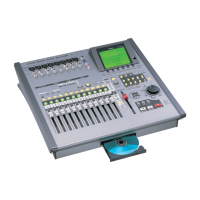
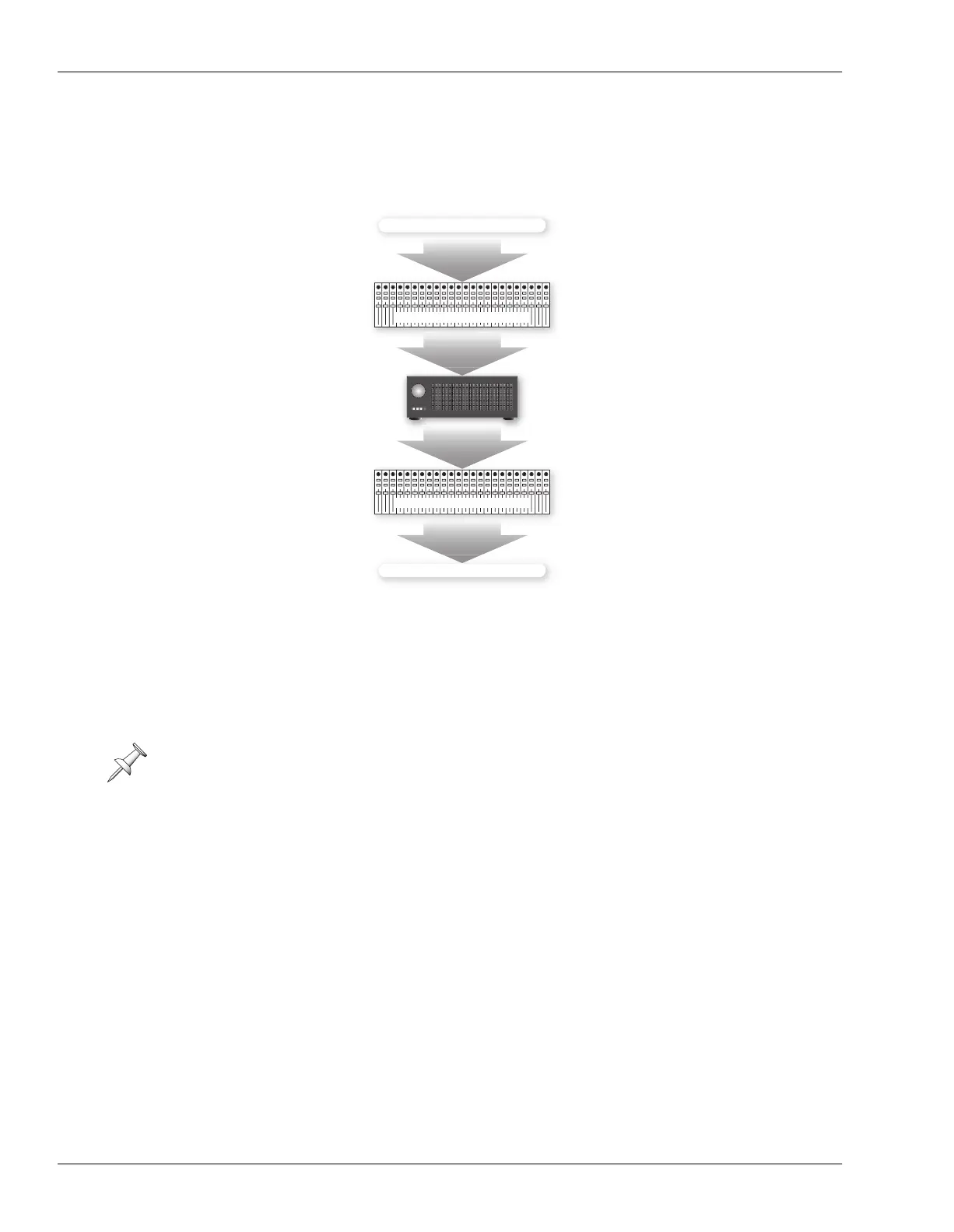